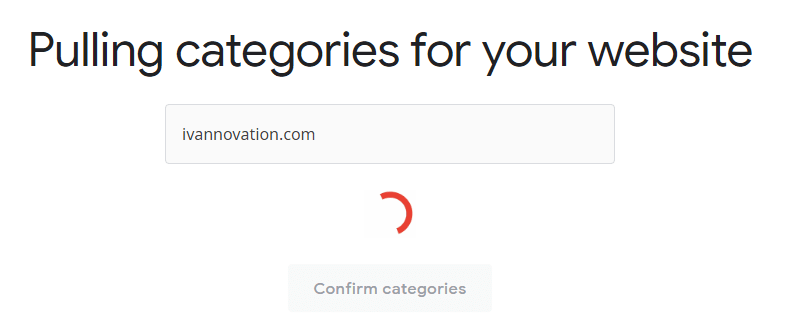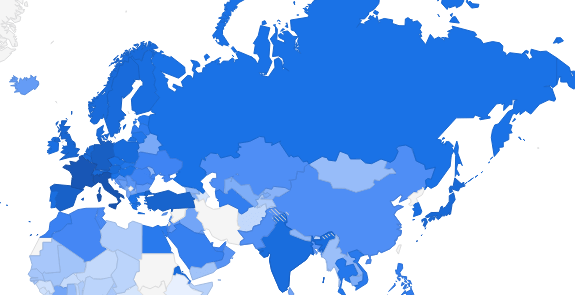We have three especially great resources for the Localization Roundup today. The first is about how to design a strategy for testing localized software or web applications. The second is actually not an article; it’s a tool for you to evaluate the market opportunities for your website around the world. The final article is about how to prepare your source language files for the translation process. It includes two steps which many people don’t know about but which can lead to much better outcomes.
Build a Strategy for Localization Testing
Localization testing is the oft neglected, yet always vital, last step of the localization process. Localization testing refers to the process of having people test your application in its new language to make sure that everything looks good and works properly.
There are myriads of potential errors to watch for when doing localization testing—such as inappropriate translations, text that is too long for the interface, text that didn’t get translated for some reason, and many other such errors.
This article explains who should do localization testing, how to do localization testing, and what to look for.
https://www.applause.com/blog/build-a-strategy-for-localization-testing
Download the URL Structure for Multilingual Websites eBook
Use a URL structure that will give your website the best search exposure in every language. We explain what you need to know about URLs in our comprehensive new ebook.
Download the eBook Now
(Plus, get a free UTM parameter tool for creating and organizing your UTM codes. [Click the button above to get your own copy.])
Think with Google | Market Finder
Use this tool to help you determine the best regions for you to target with your website. Discover opportunities for international expansion.
You could figure out some of the best markets for your product by doing the legwork yourself. (Read our article on how to find the right languages to localize into here.) But Google’s Market Finder is an excellent supplementary tool to help you uncover new opporunities.
Enter your URL, and hit the button.

Enter your URL in the field and hit the button. The Market Finder will then analyze your site, your business categories, and the market opportunities around the world.
After you get your potential market results, you can use the tools there to help you formulate a business plan. According to the site:
Every successful global business needs a watertight marketing plan. What is the best language to advertise in? Which devices are your customers using and what’s the best way to reach them? We’ll help you make your marketing decisions with data and customer insights, and suggest the best tools to put it all into action.

Google’s Market Finder gives you a global heat map with suggestions of good markets to expand into.
Check it out here:
https://marketfinder.thinkwithgoogle.com/intl/en/
How to prepare a string for continuous localization in 4 steps
This is a fantastic article about the steps of localization, including preparing source text for translation or localization so that it can be localized with the most efficiency and the least chance for errors.
It includes:
- Review the source text in the application so that context notes can be added to the source text for the translators. For example, a comment might be added that the word “application” refers to a software application and not a job application.
- Do a pseudotranslation. In other words the strings in the software or website are changed into alternative characters so that they can be loaded back into the software or website in order to find strings that are not in your language resource file.
- Do a machine translation. This is an optional step which may be appropriate for some types of text.
- Do a human translation. This is high quality translation that will help keep up the highest levels of user satisfaction.
The article also discusses how translators can give feedback on the source text to the developers. Often errors in the source text are found by translators. Setting up a Google Sheets Q&A sheet can allow them to easily warn developers about issues they discover. We created a template for this use, which can be downloaded here.
Read the article here:
https://belazy.cat/prepare-string-continuous-localization-in-4-steps/
Get every Localization Roundup delivered straight to your inbox!
- Get tips on how to translate your website, app, or software!
- Get actionable advice on how to build an international userbase.
- Read the greatest articles published each week about localization.
That’s our roundup for this week. Leave a comment below to share any great localization or translation articles you have read lately.



